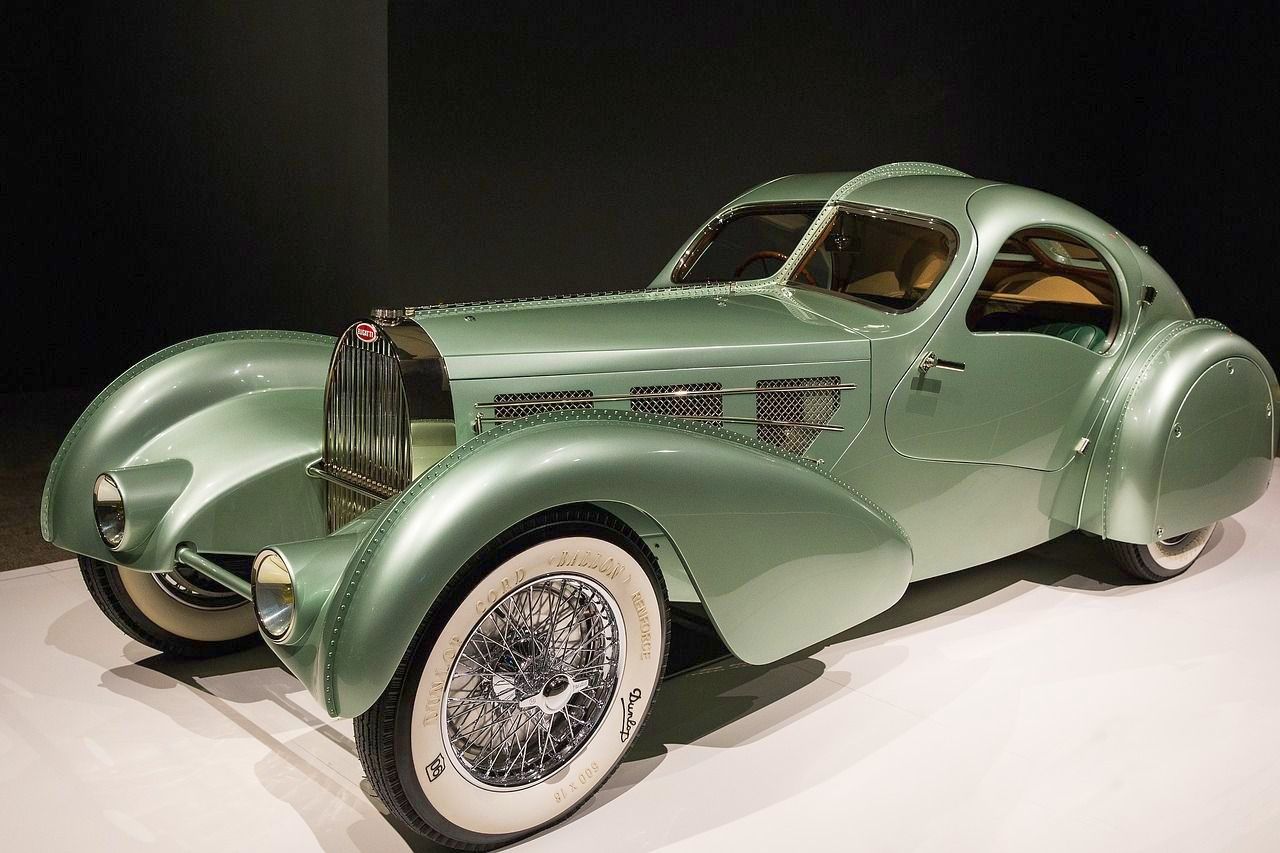
Styles come, styles go. Art Nouveau came. Art Nouveau went. Next came Art Deco. Nouveau was stylish to the point of ostentation. Deco was simpler, more modern. It reflected a change in Society’s perspective.
Art Deco surfaced just before the start of the Great War, later renamed World War I. The fires of Art Deco were fanned by the end of the War, and rolled in at full steam with the Roaring Twenties and the age of the Flapper!
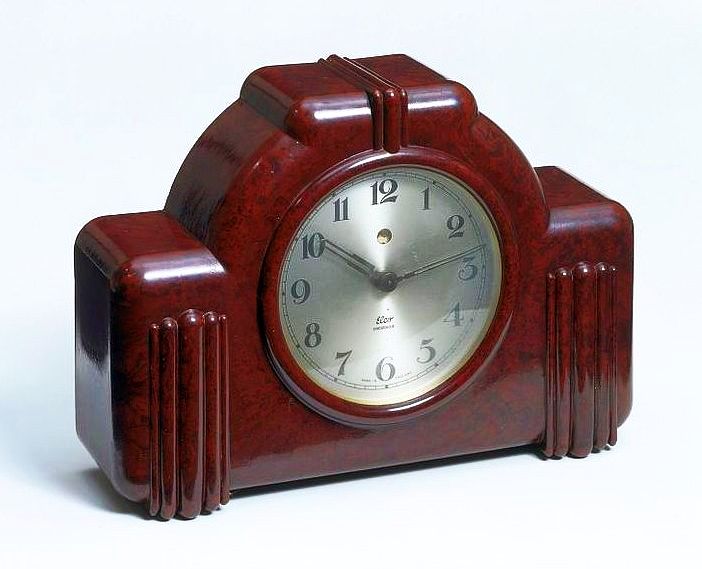
Art Deco – a Brief Description
Art deco was, as its name hints, of French origin. It started before the Great War (WWI) did, approximately the first to second decade of the 20th Century. Art Deco combines geometric designs with bright colors and a spirit of modernity. As Wikipedia describes it, “Art Deco represented luxury, glamour, exuberance, and faith in social and technological progress.”
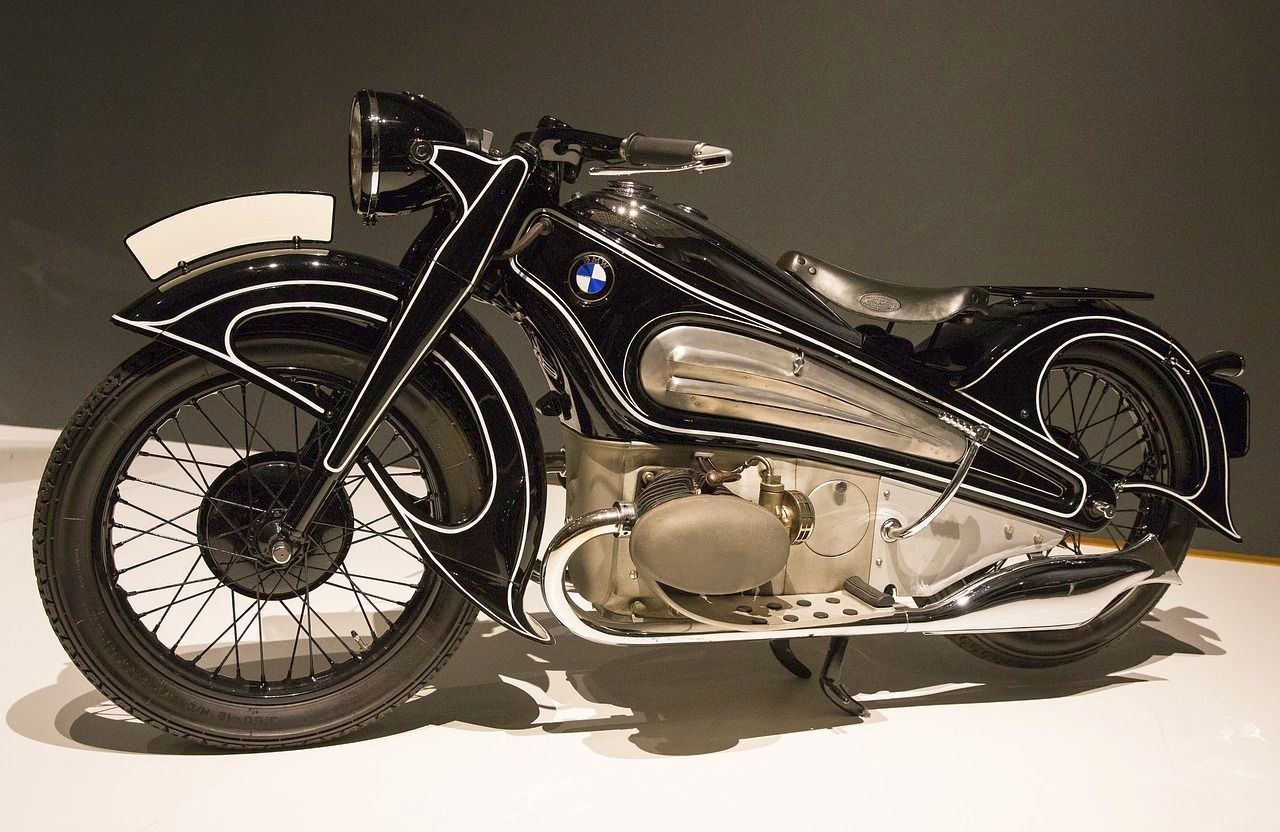
Art Deco manifested itself not only in paintings and jewelry, but in motorcycles, cars, railroad trains, architecture, even graves. This art form is highlighted in certain movies and television shows. In particular, one television detective well-illustrates Art Deco – Agatha Christie’s Poirot.
Enter, Stage Left…
“Lucky” timing involves the discovery of a new plastic, a phenol-formaldehyde resin material trademarked Bakelite®. The year was 1907, the discoverer Leo Baekeland. Baekeland produced this first ever thermosetting plastic through the combining of phenol (also called carbolic acid) with formaldehyde. The basic reaction is shown in our third image.
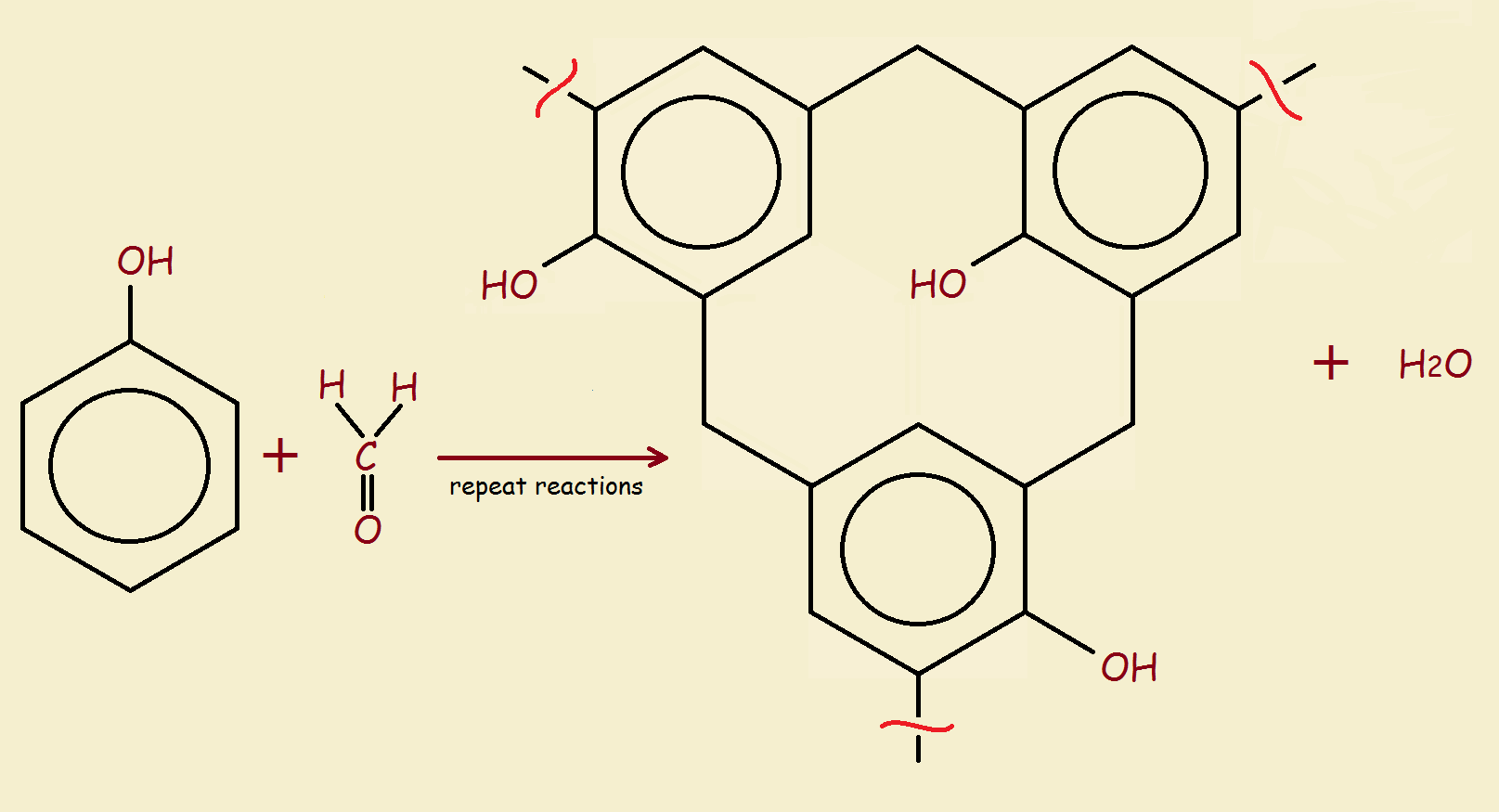
It should be pointed out that Bakelite isn’t quite as orderly, molecularly, as is shown in that image. Rather, there is a degree of disorder shown in the 3-dimensional layout, suggested by this image…
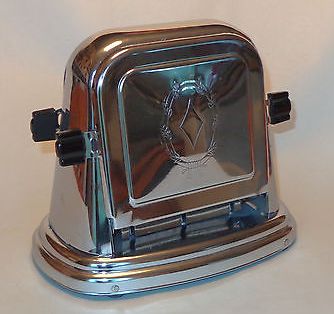
Why Bakelite in Art Deco?
It was a matter, not only of timing, but of durability and beauty. Bakelite can be produced in many colors. It was used, not only for toasters and radios, but for jewelry and decoration as well.
In fact, original Bakelite art deco objects have not only endured, but grown in value over the years. In fact, I cannot think of a more beautiful, fashionable, artistic form of decor. Can you?
Note: You might also enjoy Aluminum Was a Precious Metal
References:

Awesome post.